Last Updated on January 17, 2025 by teamobn
Contents
Tromsø, Norway – Hamran/Johansen Arkitekter
Project Year: 2014
Area: 50.0 m2
Photographers: Ivan Brodey, André Severin Johansen
How do you fit nine people inside a 50 m2 home? Cabin Laksvatn has the answer.
This small house stands among Alpine trees, with the mountains as the perfect backdrop. The surrounding landscape is simply breathtaking.
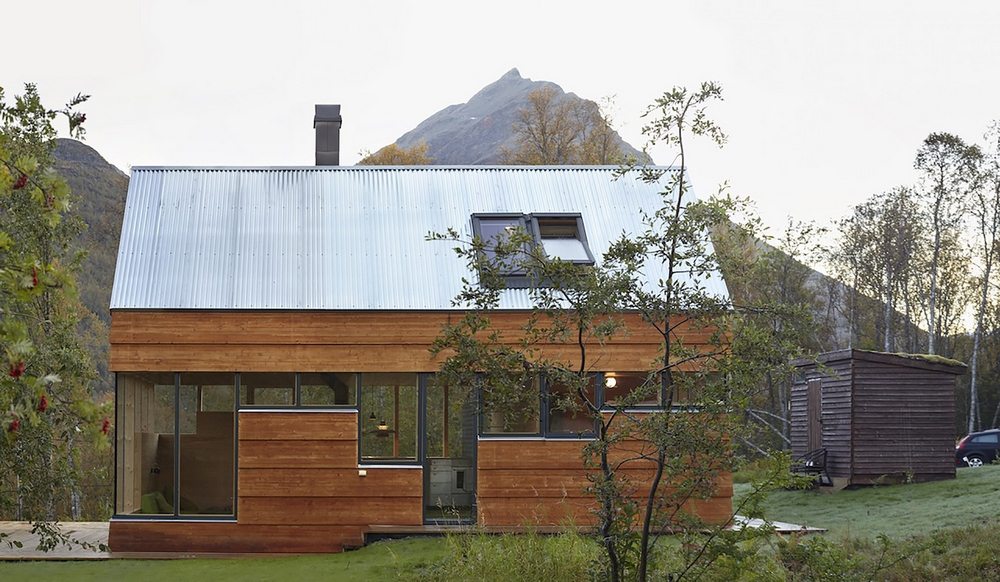
The design of the house features pitched roof reminiscent of traditional log cabins. When viewed from the outside, wide windows give this home a contemporary element.
Inside, Cabin Laksvatn is equipped with modern-day furnishings and appliances. Muted tones of timber and neutral hues make the interiors warm and cozy.
In order to maximize space, an upper floor was built. A set of floating cantilevered steel leads up to the loft where the sleeping area is. At the ground floor, there’s the kitchen, dining area, and living room. A small partition separates the bathroom towards the back.
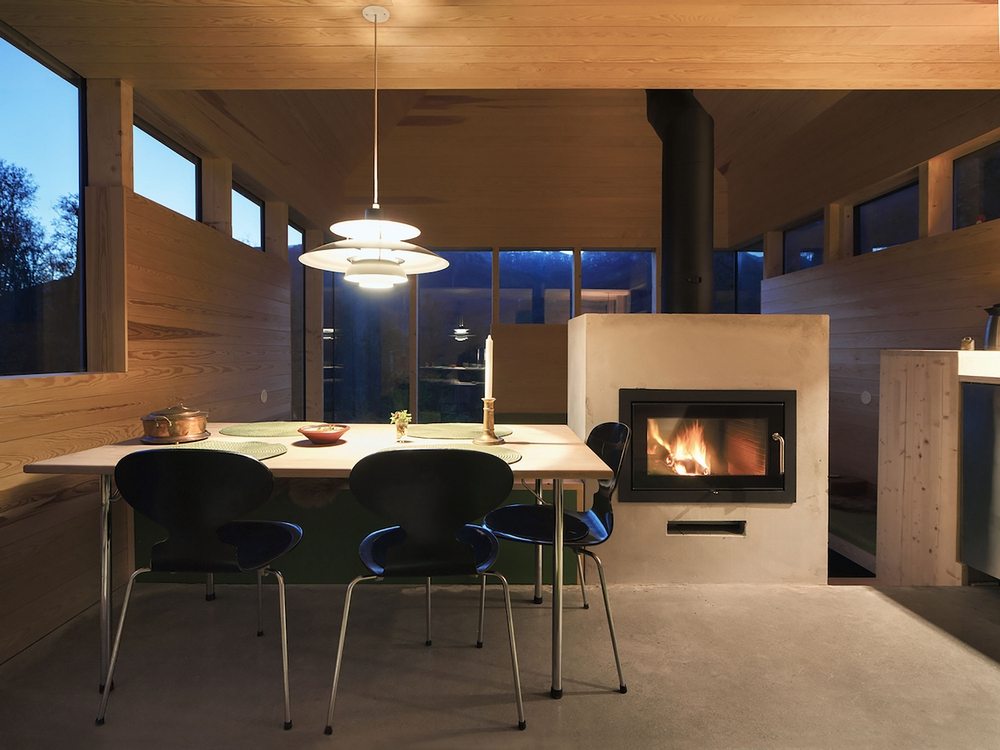
A double-sided fireplace separates the kitchen and the living room. This warms the whole house up especially during harsh winter days.
Notes from the Architect:
The site is at the edge of the Lyngen peninsula in Troms, Northern Norway, surrounded by a dramatic alpine landscape. The near surroundings consist of dense forest, yet the topography allows for spectacular mountain views in nearly all directions. The program was to make a retreat for a large family with a total of 9 beds, within a modest budget frame. It was early in the process decided to limit the net floor area to 50m2, since cabins above this size triggers several technical demands according to norwegian building code.
The solution was to make use of areas under a pitched roof that due to its low ceiling height does not count as floor area. These areas however, are well suited for sleeping areas, and we were able to fit two double beds and three single bed on the top floor which measure only 14m2.
An additional double bed is on the ground floor bedroom. The pitched roof also gives a verticality to the cabin that suits the landscape well. the ground floor i made from in situ cast concrete, which make a step that follow the natural terrain, but also underlines the verticality in the meeting between the inner and outer space.
The living area and dining area is separated by a double sided fireplace, and a bookshelf that also serves as a sitting bench by the dinner table. A continuous window band stretches all around the building, framing the mountain view in all directions. The windows reaches the ceiling on top, while the bottom has variations in height according to particular views and room functions.
All the wall studs are exposed in the interior, and the glass is mounted directly on the studs. The detailing is made with minimal edges between inside and outside in an attempt to erase the border between interior and landscape. The stairs to the top floor is made from thin cantilevering steel plates, and the floor between the top floor bedrooms is an open steel grating that filters light from the skylight.
All interior walls are clad with knot free pine panel. The outer cladding is made with very large glulam panels with mitered corners, treated with natural pine tar. Both the inner and outer cladding will after exposure to sunlight and weathering change colour and character over time.
Click on any image to start lightbox display. Use your Esc key to close the lightbox. You can also view the images as a slideshow if you prefer ![]()
Exterior Views of the Cabin Laksvatn in Norway:

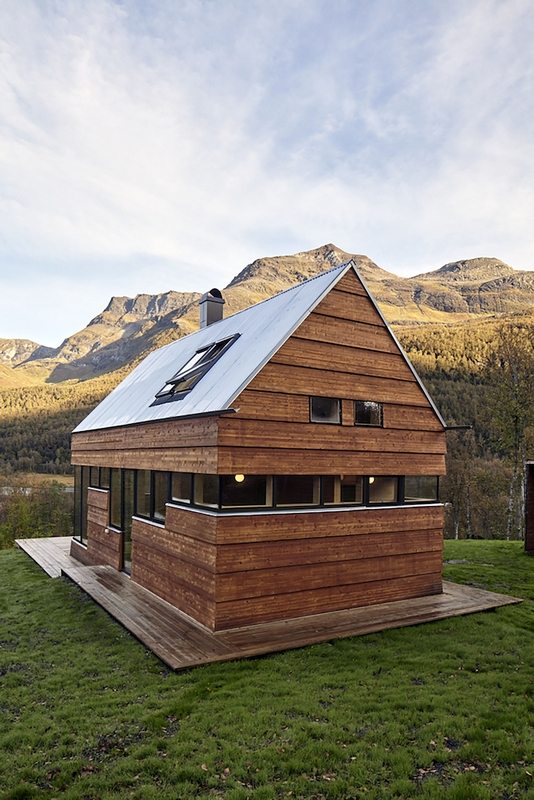
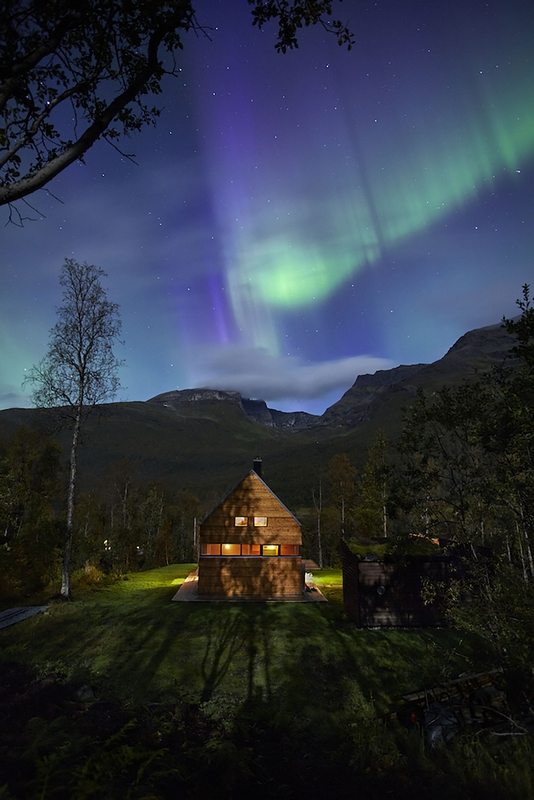
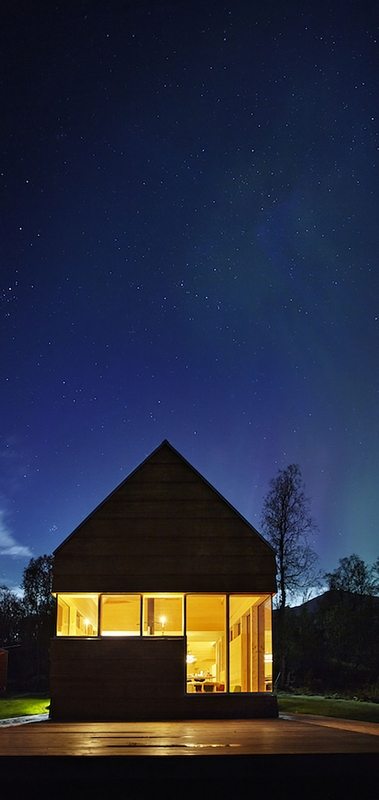

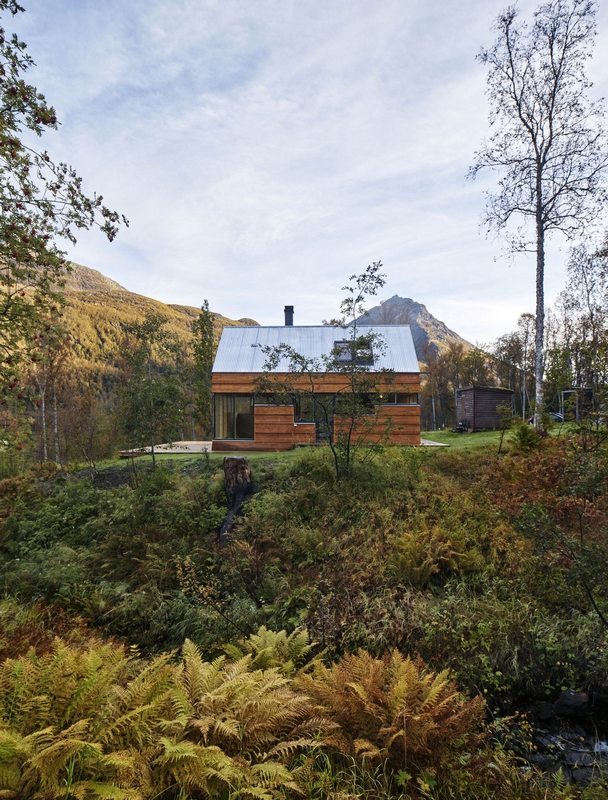
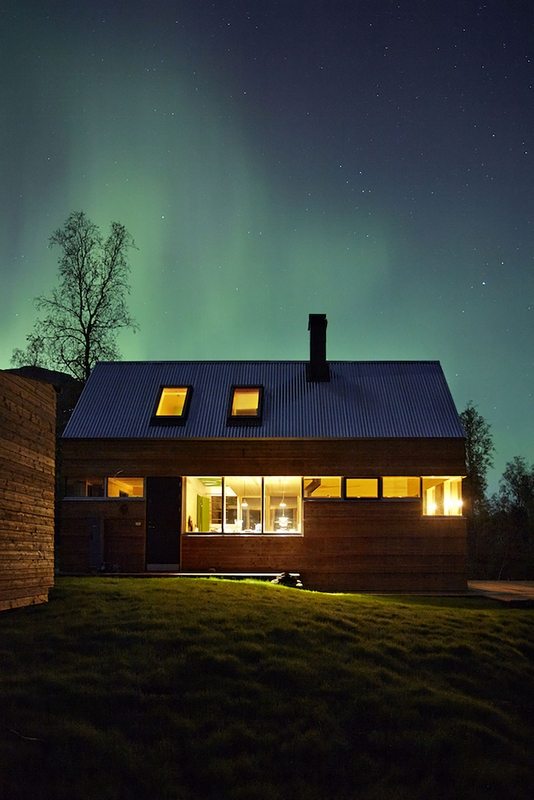
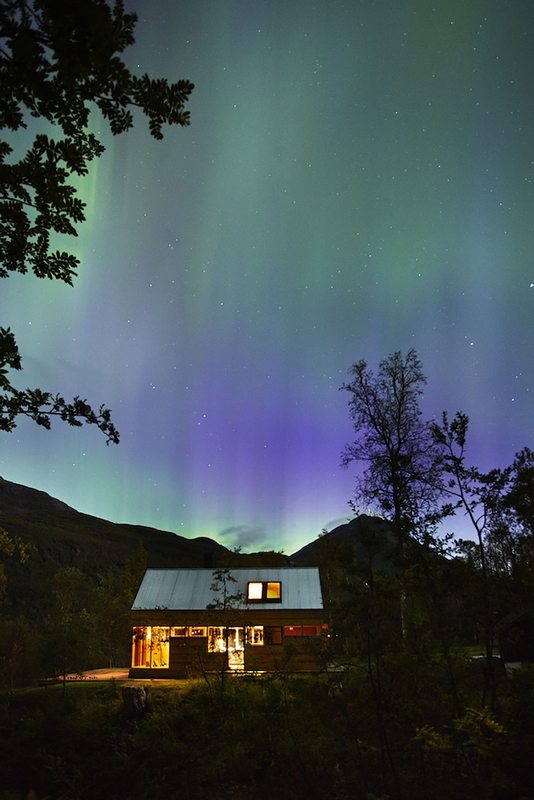
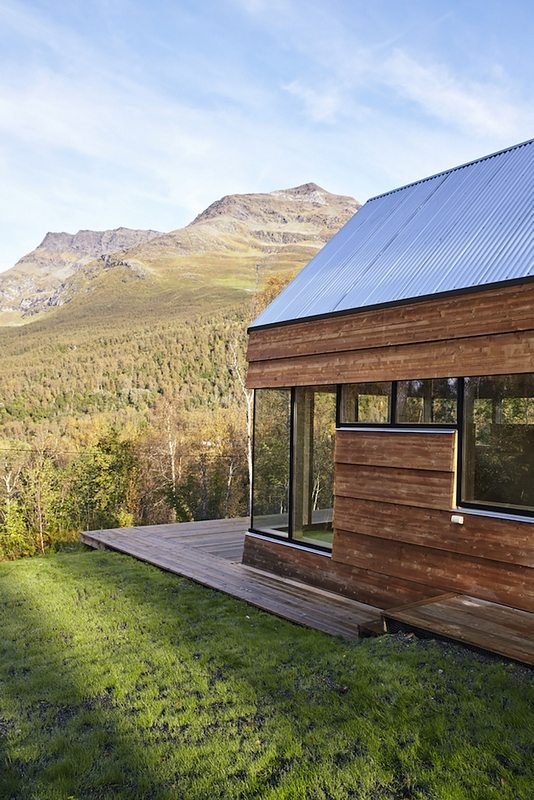
Interior Views of the Cabin Laksvatn in Norway:
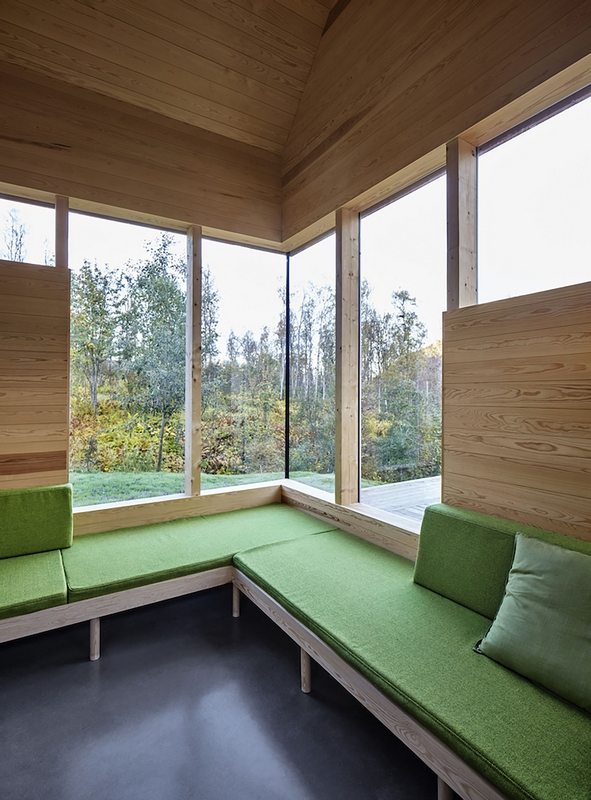
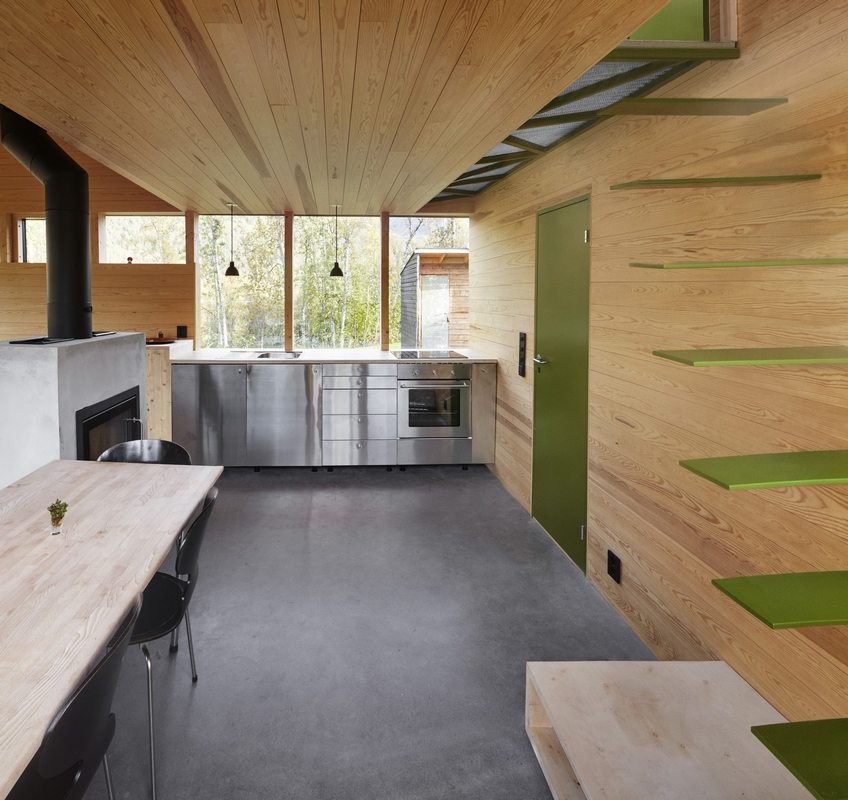
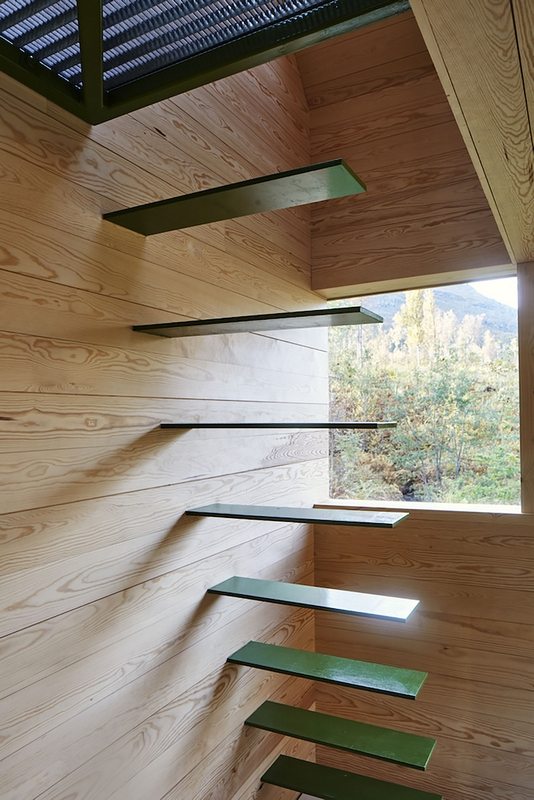
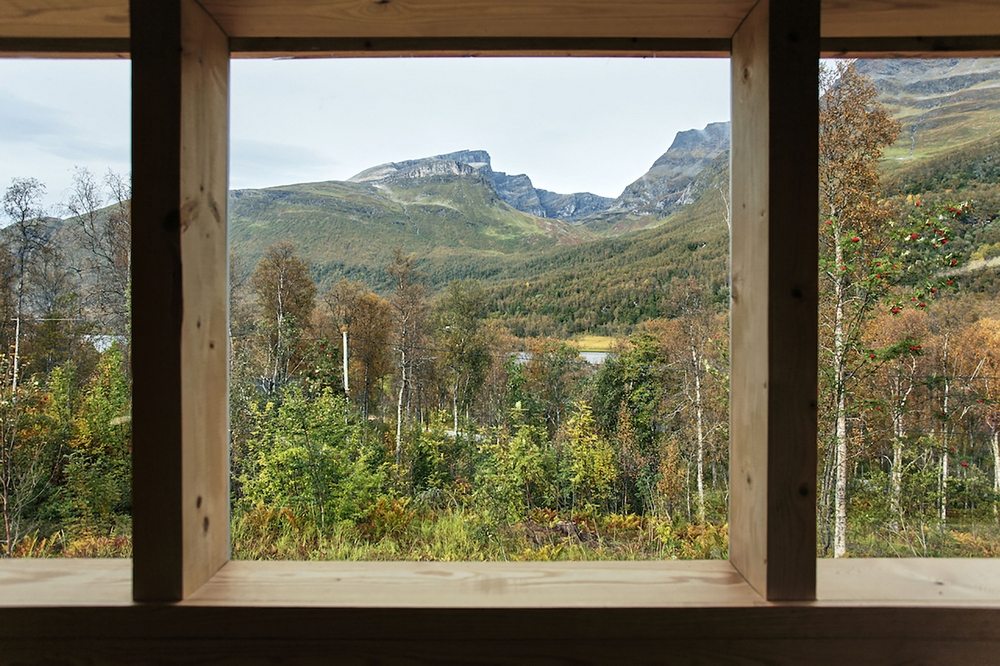

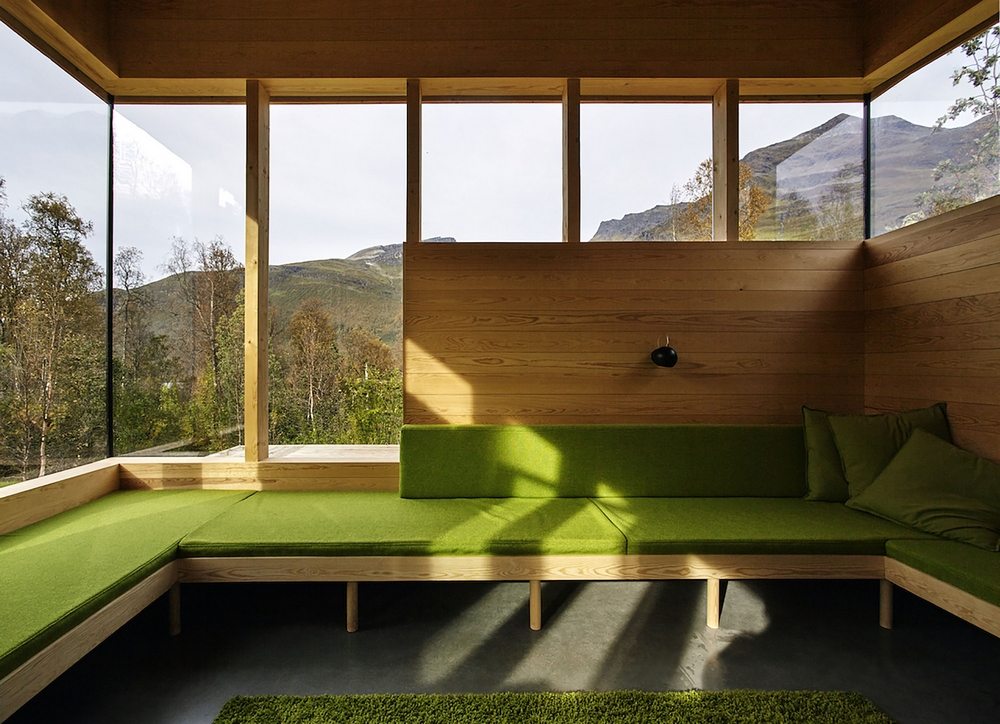
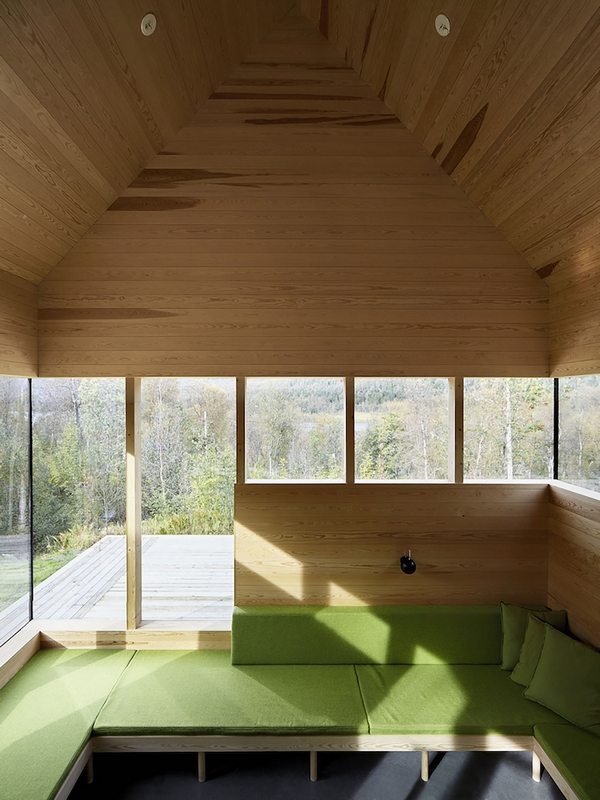


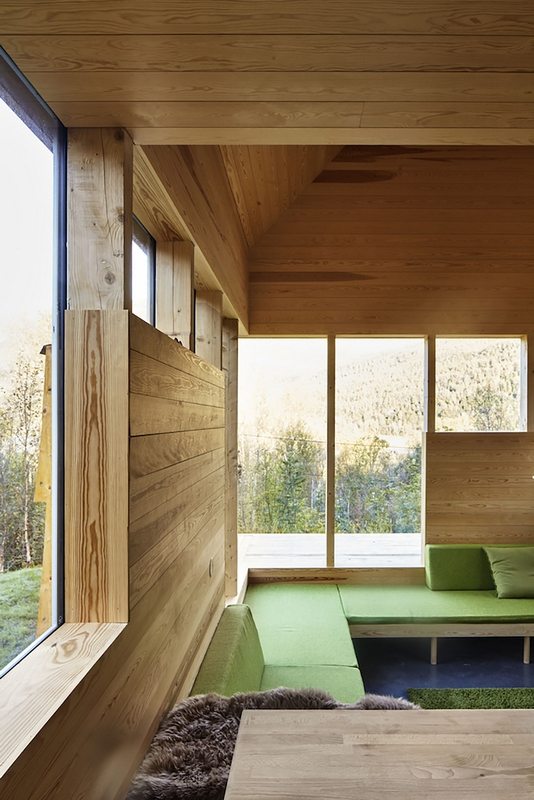
Drawing Views:

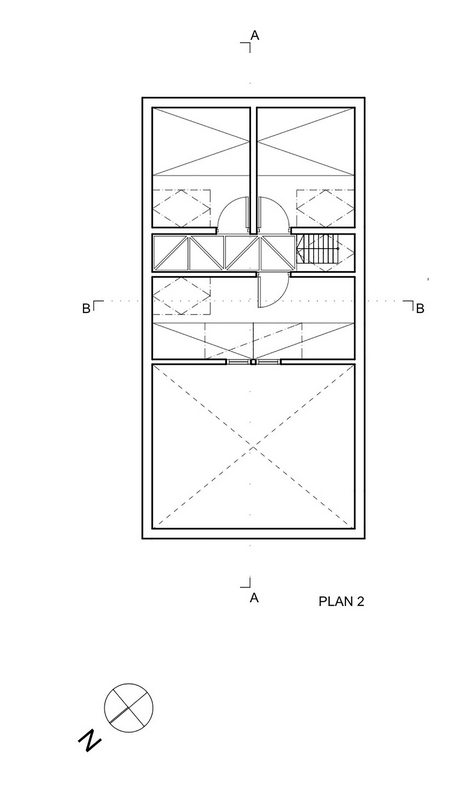
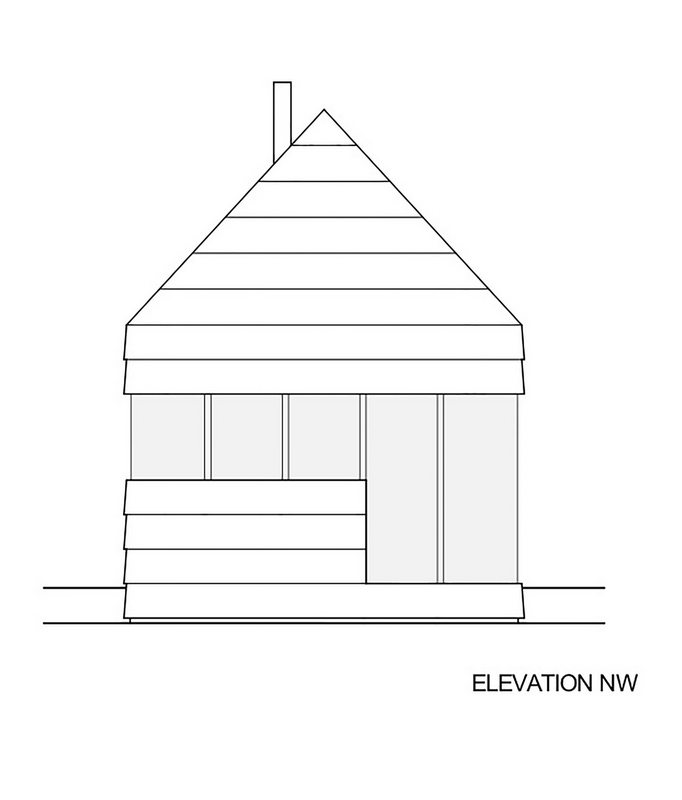
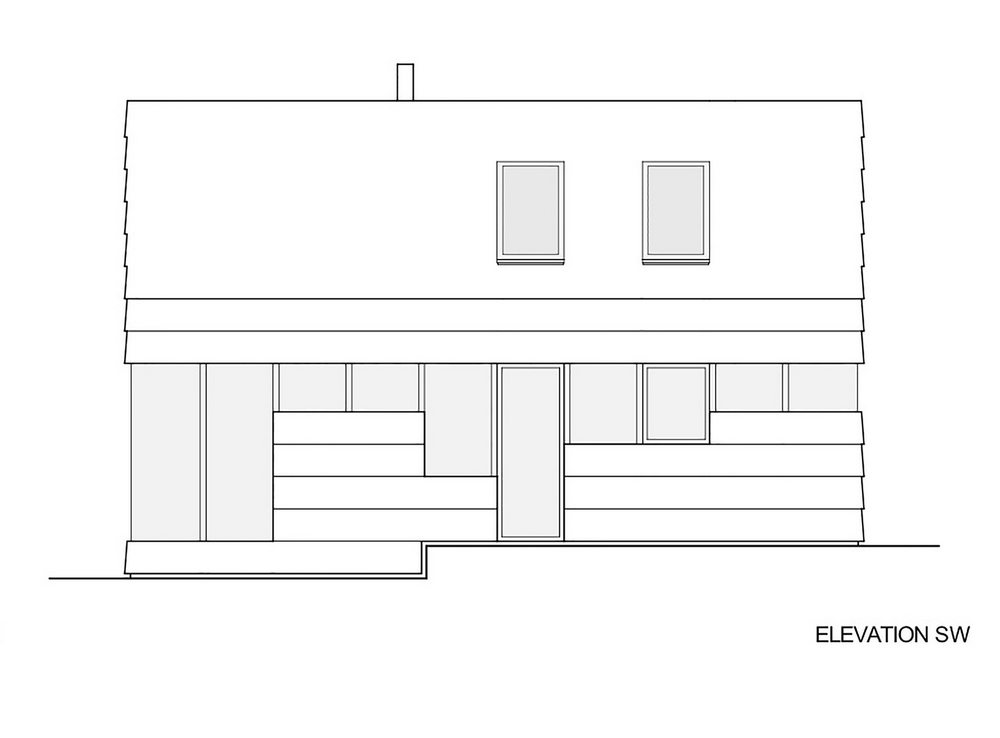
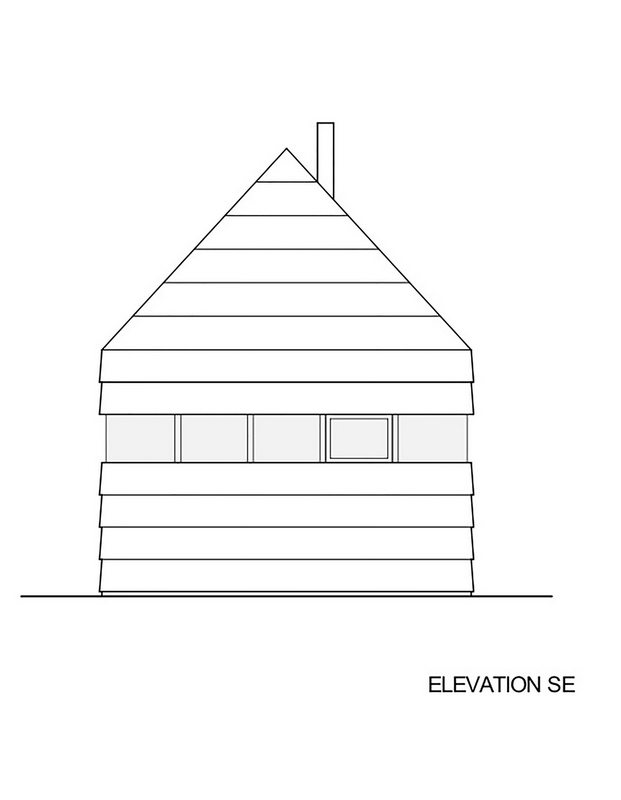


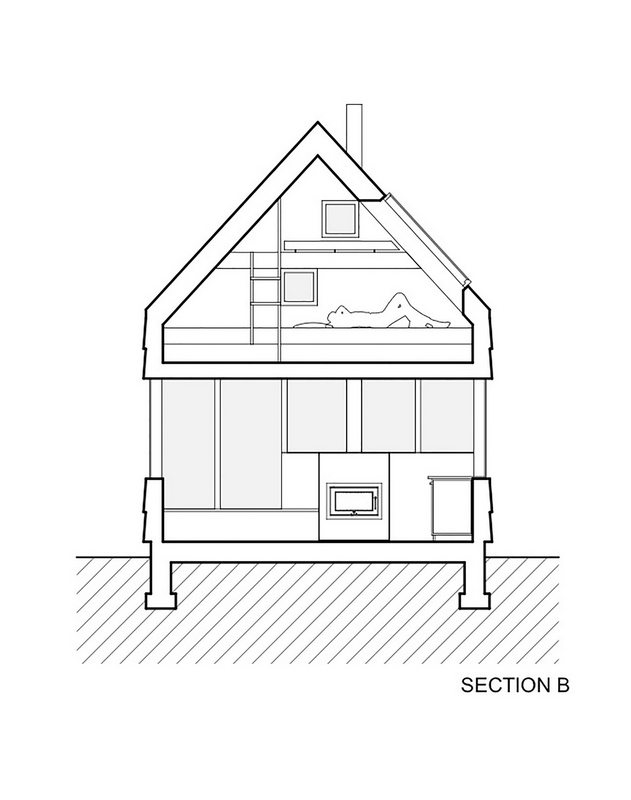
Cabin Vindheim is another Norwegian home you shouldn’t miss..






